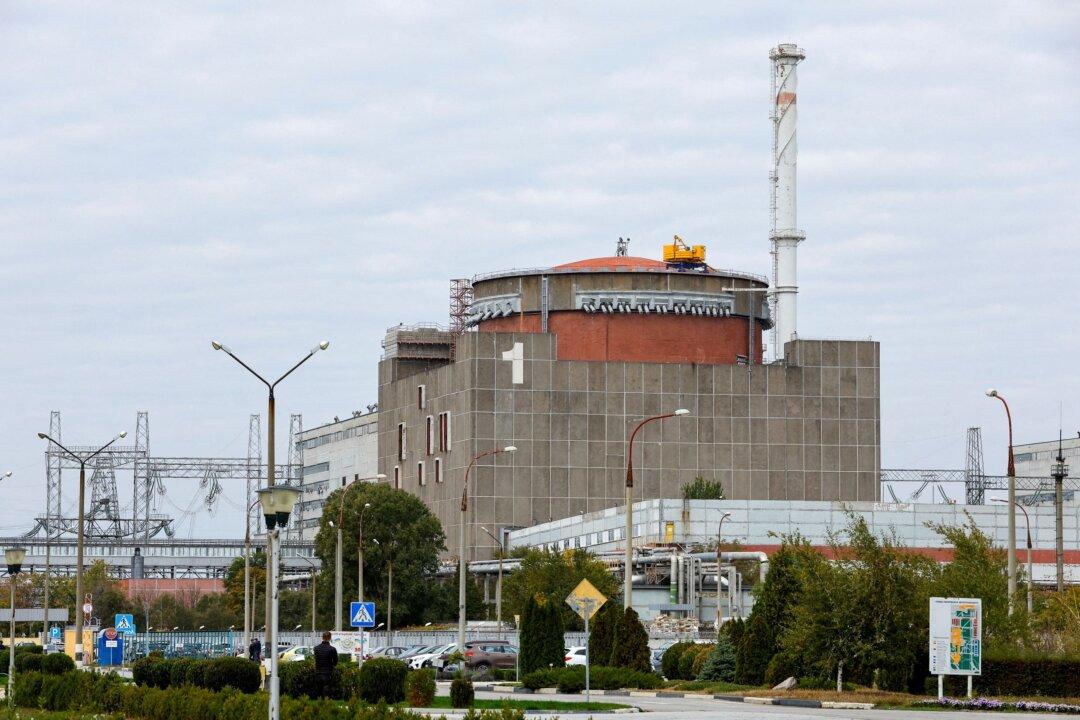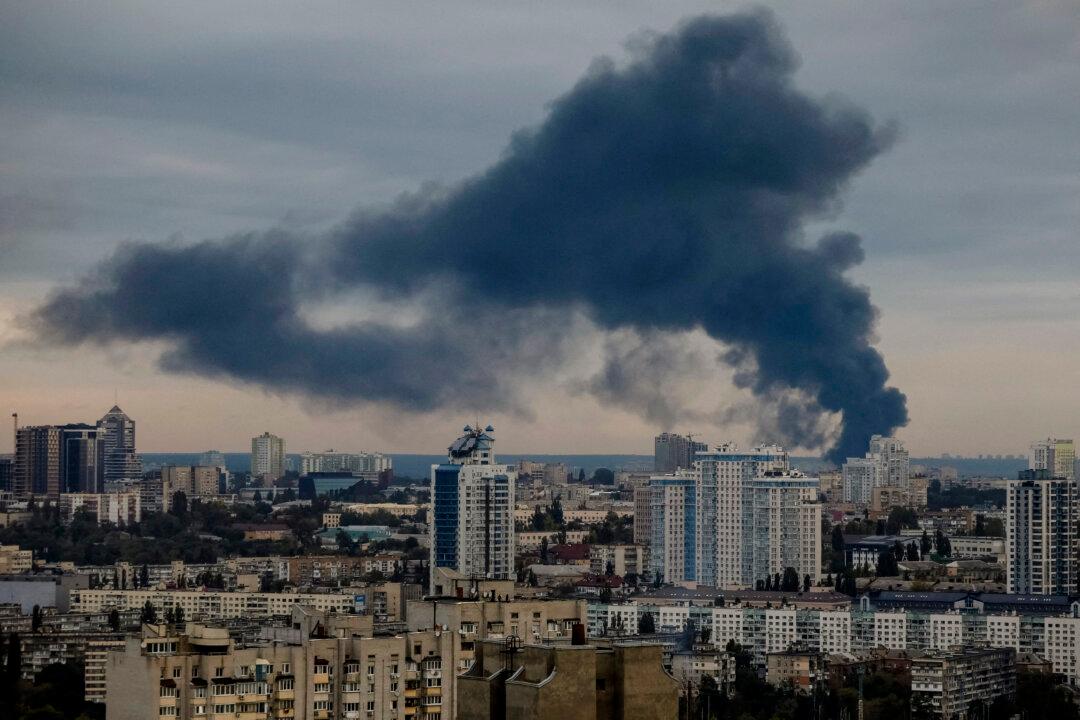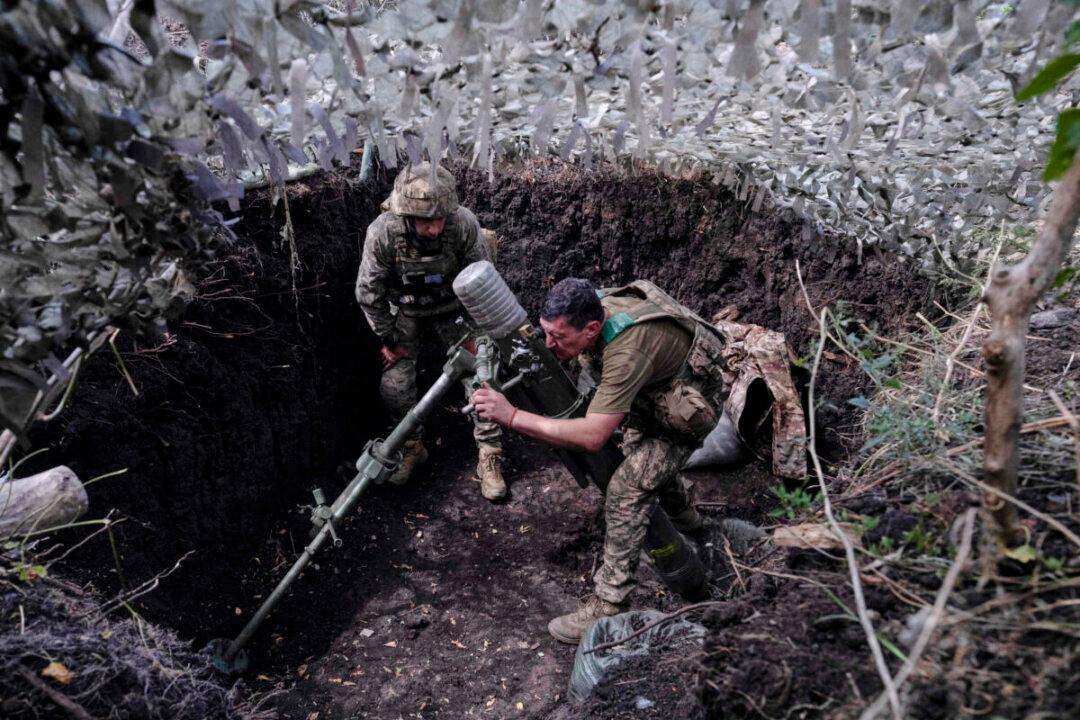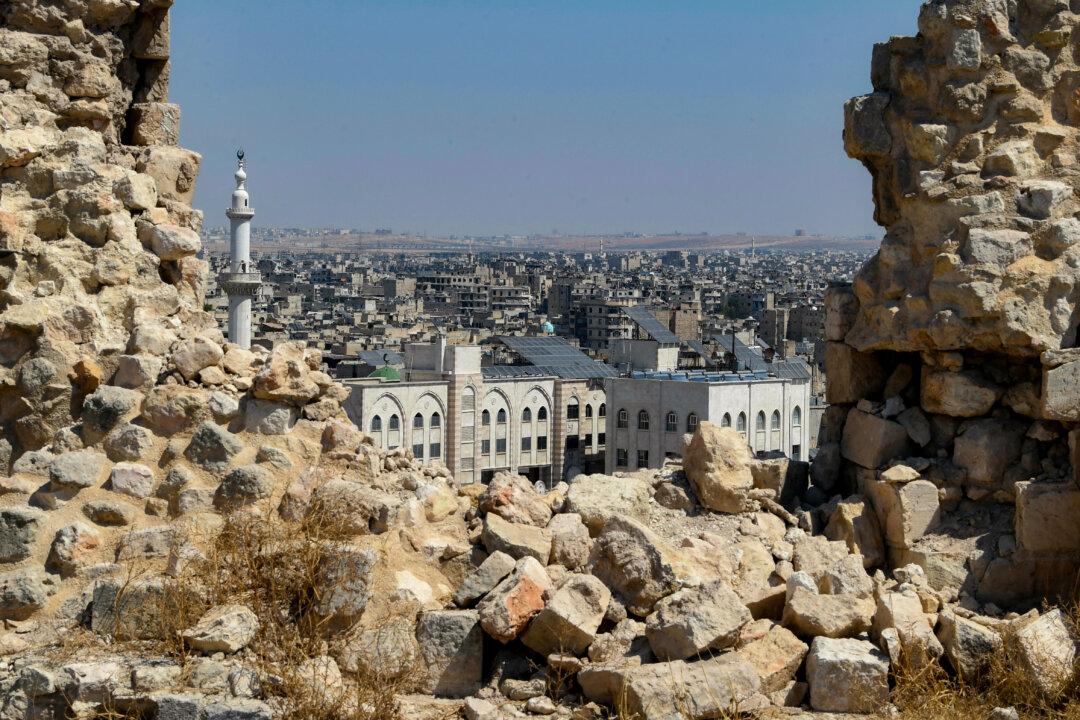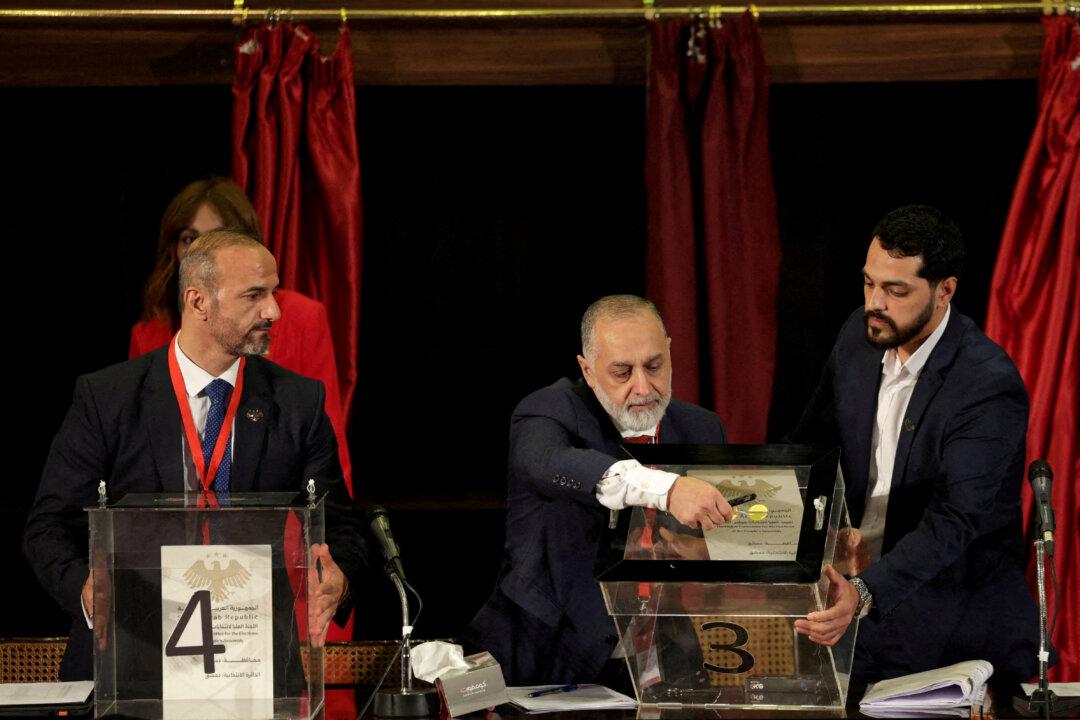Pro-Moscow officials have dismissed claims by Kyiv and Ukrainian media outlets that Russian forces and personnel are planning to vacate the Zaporizhzhia Nuclear Power Plant (ZNPP).
“Kyiv-controlled media outlets have been actively spreading fake reports that Russia plans to pull out of [the city of] Enerhodar and leave the ZNPP,” Enerhodar’s Moscow-appointed military-civilian administration said in a statement on Nov. 28.
